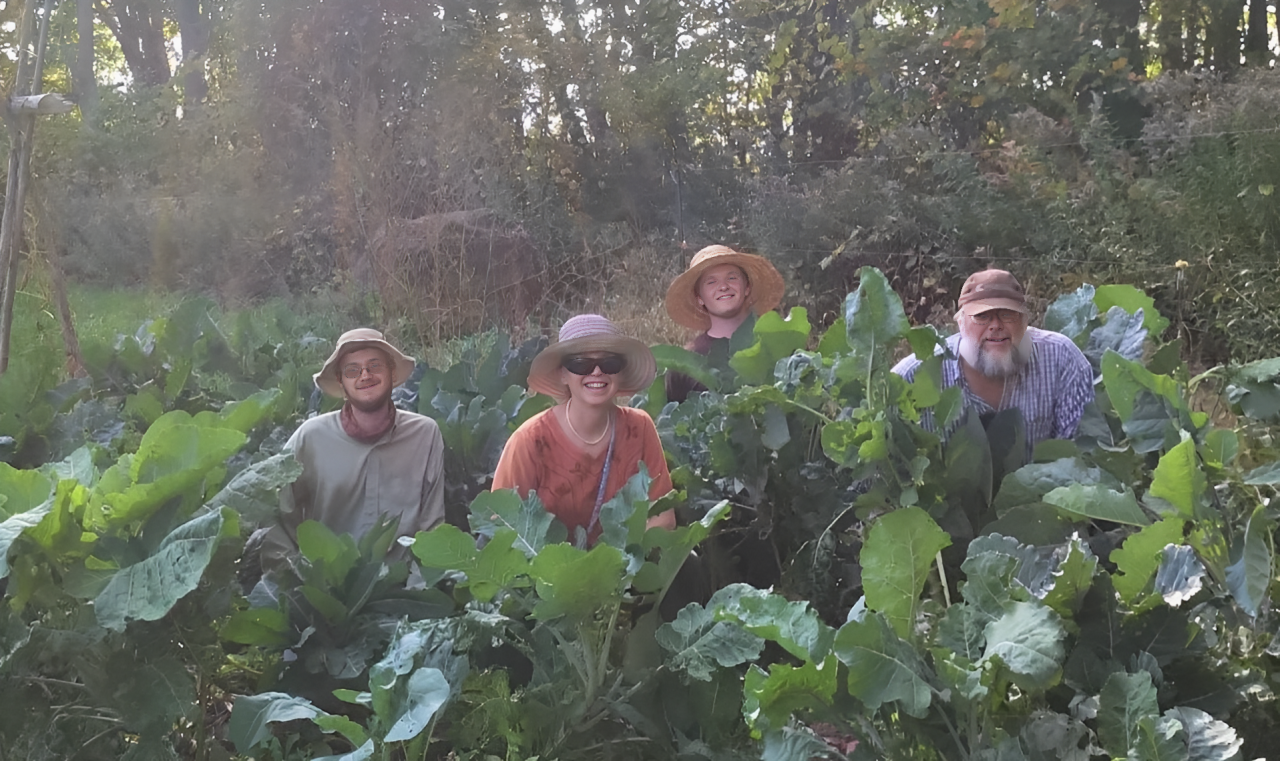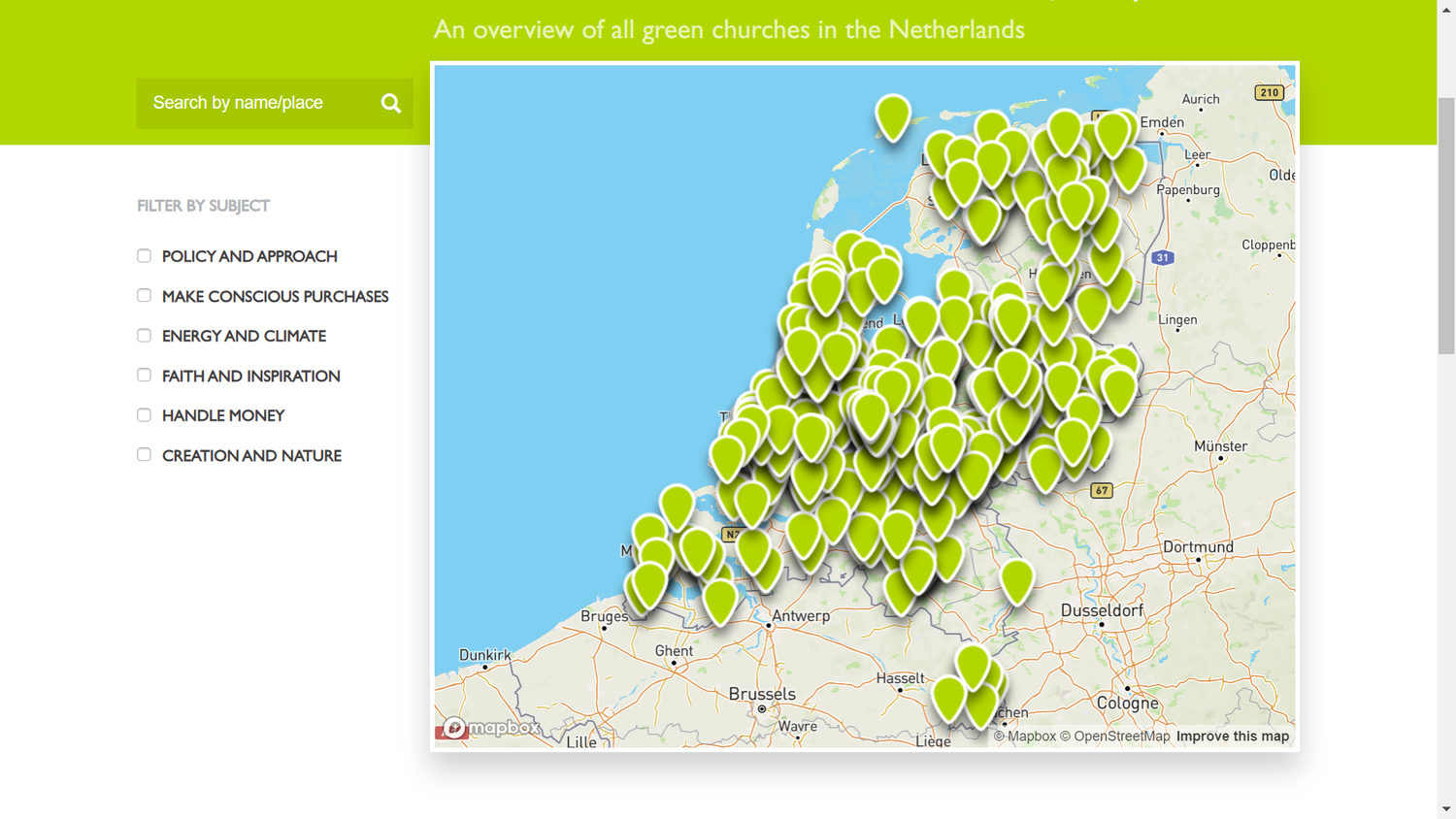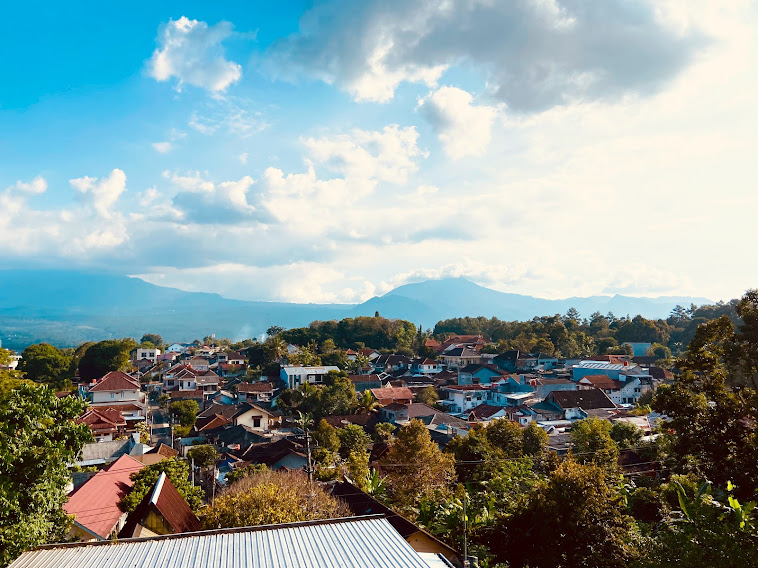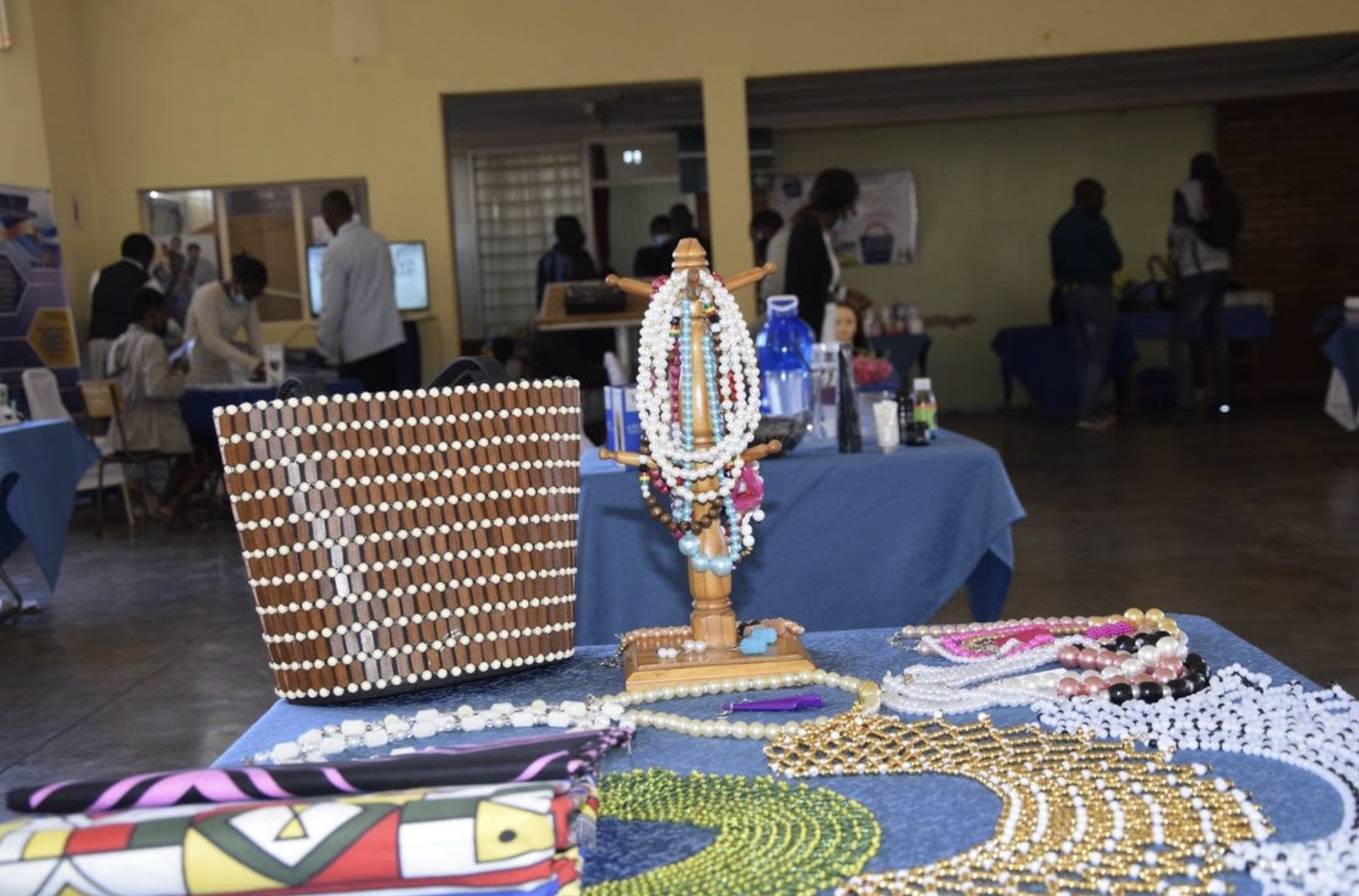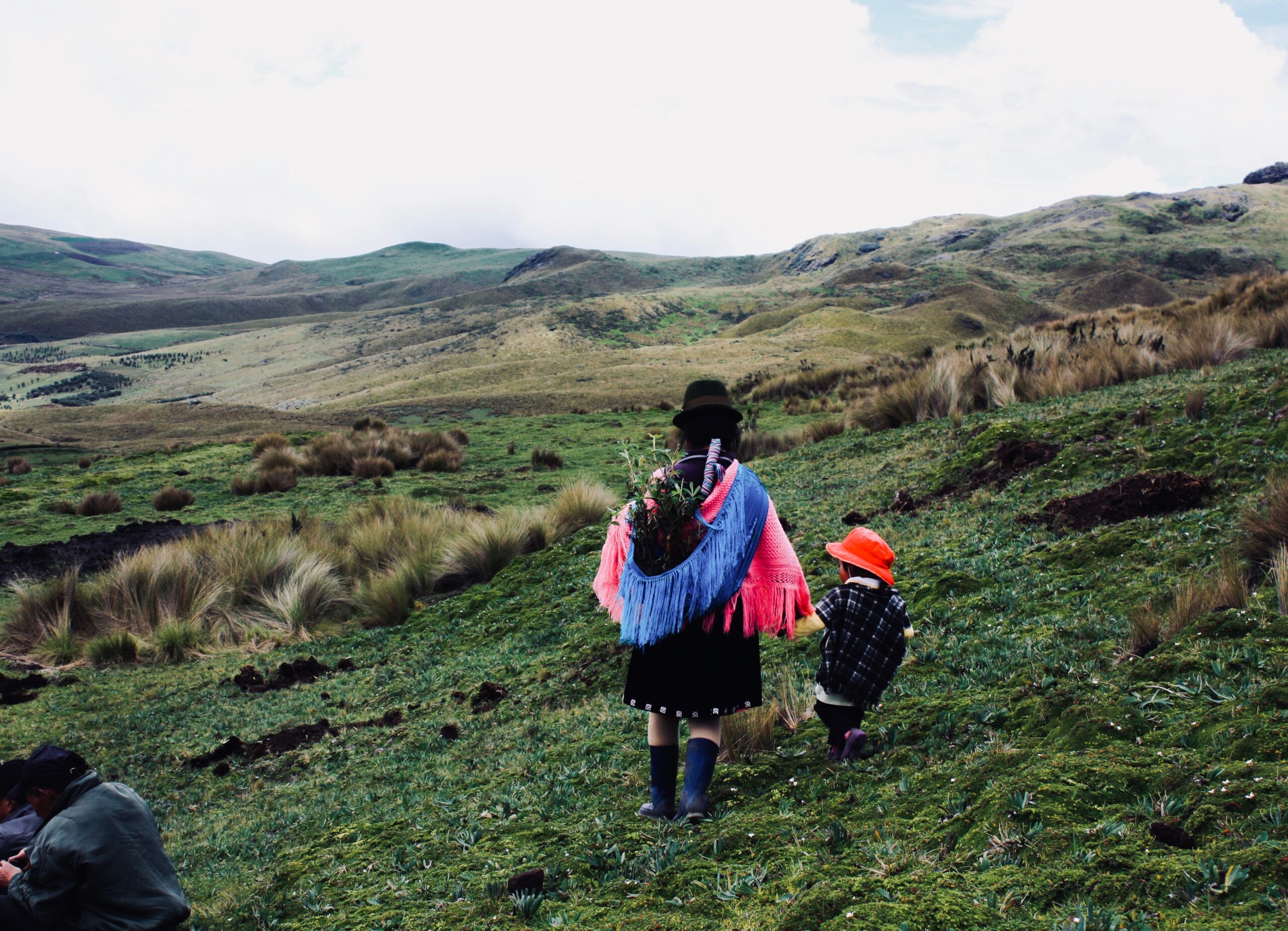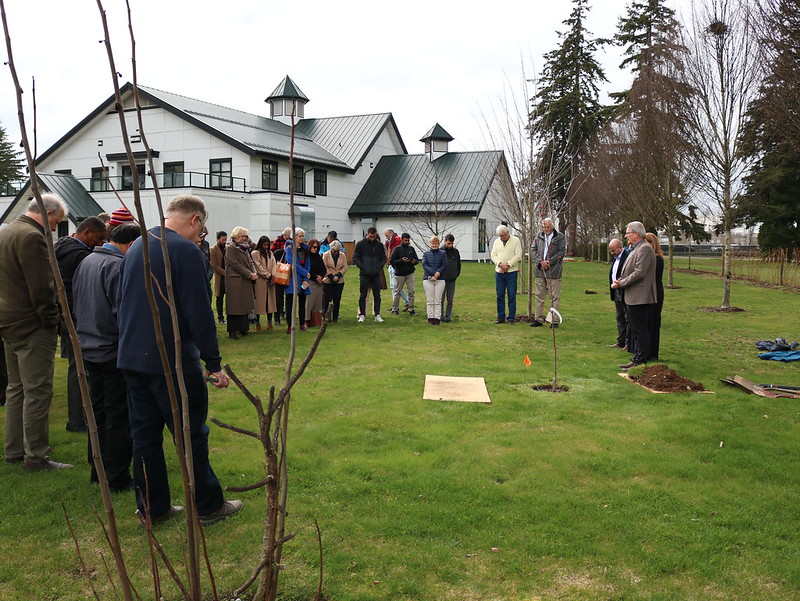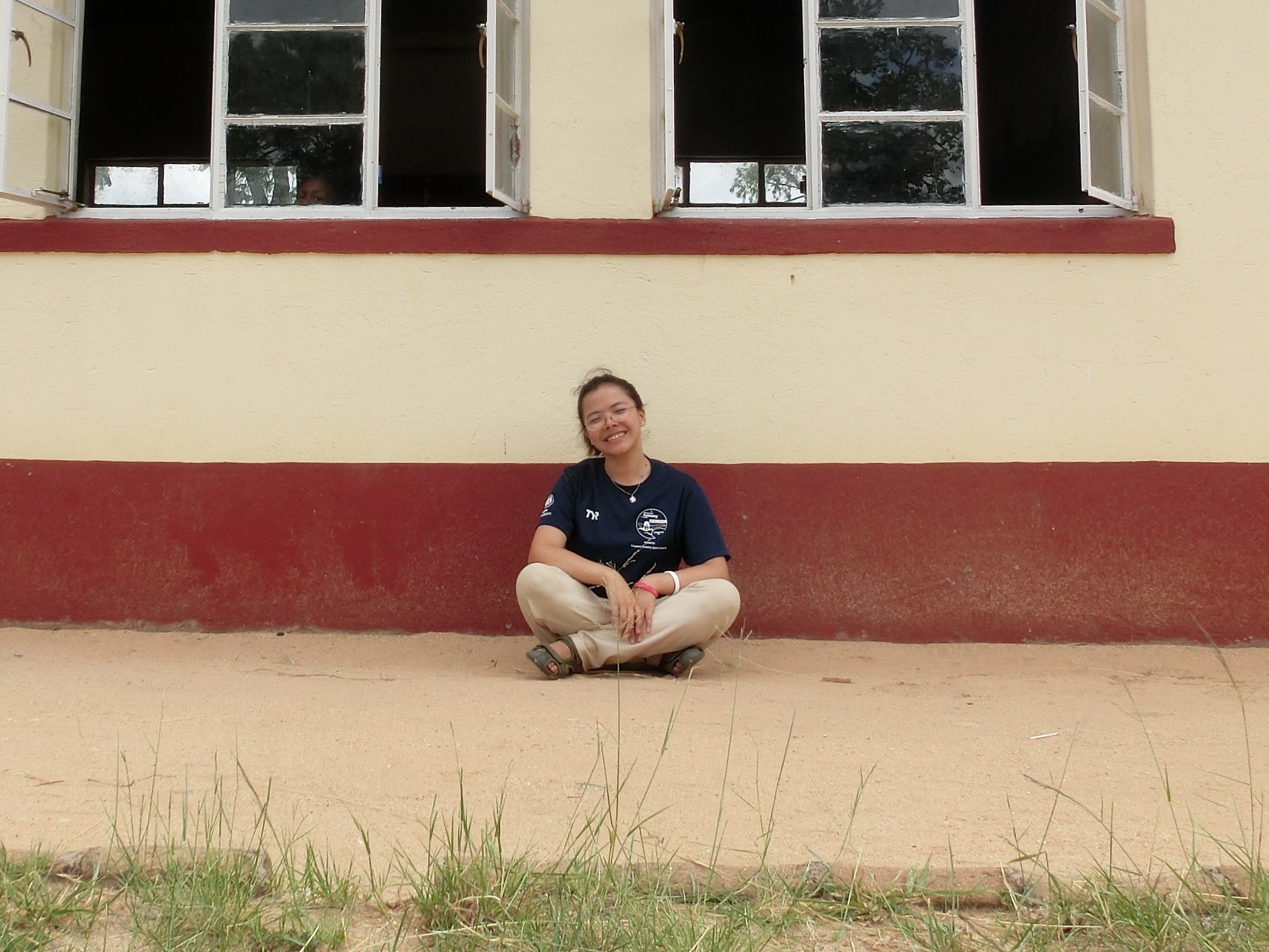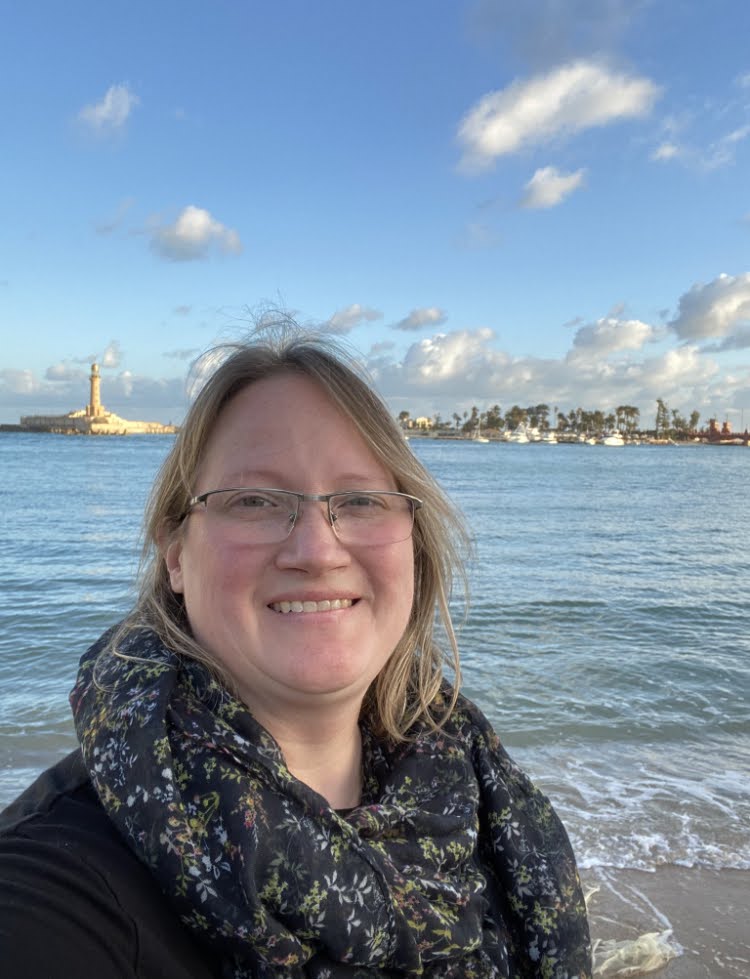-
Striving for integrity
Andre Wiederkehr, of Ontario, Canada, doesn’t have a driver’s license. That’s because he chooses not to use fossil fuels to get around. Without using a car, attending Hanover Mennonite Church on Sundays means riding 21 kilometers by bike. “None of us is really an enthusiastic biker,” says Andre Wiederkehr, who lives on a farm with…
-
Less rain, less shade, more people
January to April is the rainy season in Guayaquil, a port city on the coast of Ecuador. But this past year, says Sara Noemi Viteri Moreno, a member of Iglesia Jesus el Buen Pastor (Jesus the good shepherd, a Mennonite church) in Guayaquil, it hardly rained at all.
-
MWC calls for global energy transition
Earth in all its diversity, vitality and abundance is a gift that has been overshadowed by neglect, exploitation and unsustainable consumption. Anabaptist values, by contrast, call for stewardship (thoughtful care-taking), simplicity and the dignity of all persons created in the image of God. On behalf of Mennonite World Conference, the Creation Care Task Force (CCTF)…
-
COP 28 blogs by a Dutch Mennonite
Stories in this page: Endgame (13 December 2023) Scandalous (11 December 2023) Human rights (10 December 2023) The Netherlands in the spotlight (9 December 2023) Adaptation (6 December 2023) Time pressure (5 December 2023) Money, money, money (4 December 2023) Balancing act (3 December 2023) High level segment: kings, financiers and residents (1 December 2023)…
-
One new step each year
You are invited! Join us for Climate Pollinators, a webinar series on creation care. See below! On a map of Green Churches in the Netherlands, there is a green dot for the Mennonite congregation in Aalsmeer. Another dot represents Arboretumkerk (previously Doopsgezinde Gemeente Wageningen), located a province over. “Six years ago, the church (in Aalsmeer)…
-
Eco-theology reconciles the church with nature
You are invited! Join us for Climate Pollinators, a webinar series on creation care. See below! When human beings were created in Genesis, “This was the first mission of the human… to both enjoy but also to protect and take care of creation,” says Danang Kristiawan. Danang Kristiawan is the pastor of the GITJ (Gereja…
-
Building resilience in church members
Like many in Zimbabwe, Sukoluhle Ncube splits her time between the city where her family lives and works, and the rural community where they farm, 40 minutes away. “Most of the people have two homes,” Sukoluhle Ncube says. “In the town, you come and work and all that, but in the village that’s where we…
-
The rule of ayni: reciprocal relationship
In Kichwa, there is a word, ayni, that describes the rule and practice of interdependence. “One does not exist unless the community exists,” says Julian Guamán. In the Kichwa worldview, that community includes all of creation, not just humans. Ayni dictates that as members of the community, humans have a responsibility to be in reciprocal…
-
In honour of God’s creation and the church universal
The Mennonite Heritage Museum in Abbotsford won’t soon forget that Mennonite World Conference guests were there in March 2023. A tree was left behind in remembrance. Mennonite World Conference has a tradition to plant tree on the grounds of a Mennonite institution when the Executive Committee meets: “in honour of God’s creation and the church…
-
Recommended resources on creation care
One encouraging piece of news about creation care is that there are an increasing number of good organizations and websites with excellent resources. The Creation Care Task Force of MWC recommends the following as particularly good sites to start exploring resources: The Mennonite Creation Care Network and the Anabaptist Climate Collaborative are based in North…
-
How should Mennonite World Conference engage the church with creation care?
This series of stories on the creation care survey has illuminated the importance of issues like climate change in the lives of Anabaptists around the world. We now come to the last question: what should Mennonite World Conference do in response? The Creation Care Task Force is taking your responses as guides for crafting activities…
-
Anabaptists around the world care for creation
Stories from around the world teach how we respond as faith communities to the challenges of climate change. The 353 responses to the Creation Care Task Force survey contained many stories of churches caring for creation. This month, we highlight responses that emphasize how congregations creatively enact local solutions as faithful response to the injustices…
